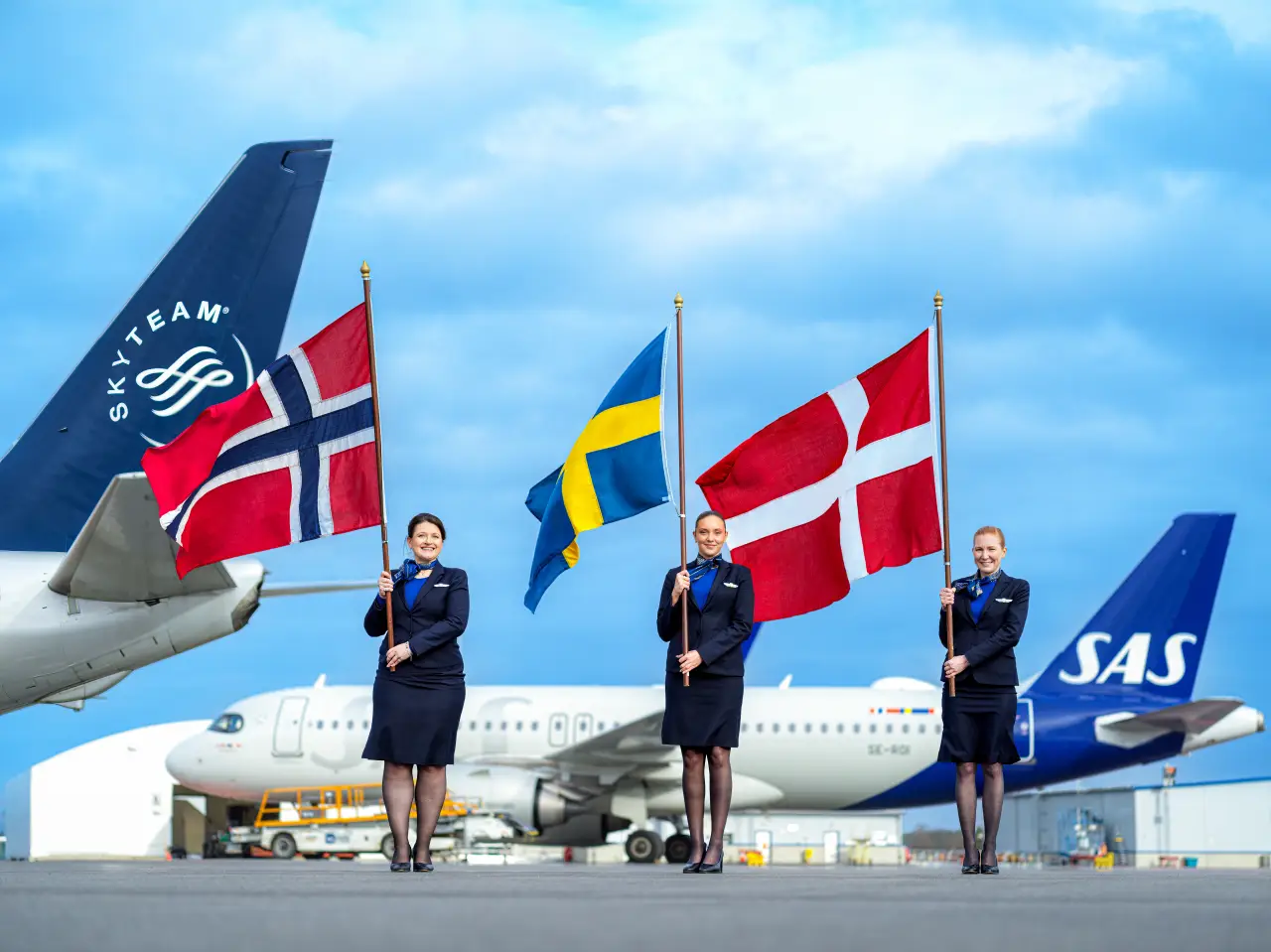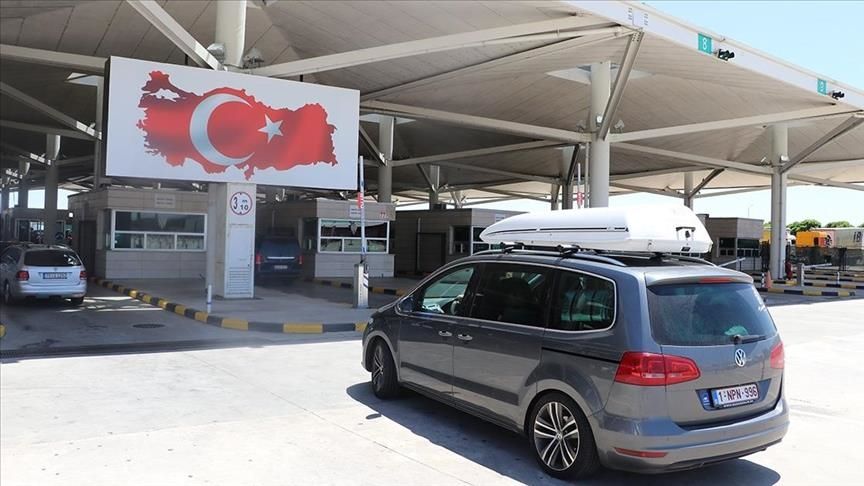The US is extending its European coronavirus travel ban to include the UK and Republic of Ireland. The ban will begin at midnight EST on Monday (04:00 GMT Tuesday), Vice-President Mike Pence announced.
The US began barring entry for all travelers from Europe for 30 days on Friday. Americans returning from Europe who submitted to screenings and citizens of the UK and Ireland were initially exempt.
The US has confirmed 51 deaths linked to the pandemic and 2,488 infections. On Friday, Trump also declared a national emergency on Friday that will allow for $50 billion in disaster relief funds to be used to combat the coronavirus.
Any U.S. citizen or lawful U.S. permanent resident returning to the United States who has traveled to the United Kingdom or Ireland within the previous 14 days must enter the United States through an approved airport.
Foreign nationals who have traveled to one of the United Kingdom or Ireland within the last 14 days will be denied permission to travel to the United States.
These entry requirements are in addition to those imposed by previous presidential proclamations which restricted entry to the U.S. from Iran, mainland China (excluding Hong Kong and Macau) and Schengen Area countries.
U.S. Travel Association President and CEO Roger Dow issued the following statement, “The public’s health and safety is priority No. 1, and we hope the aggressive steps taken by the federal government succeed in putting the moment of greatest concern behind us. Hearing of the need to further expand travel restrictions—especially the inclusion of our No. 1 overseas source market, the UK—is obviously not the development the U.S. travel industry was hoping for. Aggressive steps will also be needed to address the health of the U.S. economy, the small businesses that make up 83% of all U.S. travel employers, and the 15.8 million travel-supported jobs that are going to feel a catastrophic impact from coronavirus.”
The UK accounted for 4.7 million visitors to the U.S. in 2018, who spent $15.7 billion.
531,000 Irish visitors to the U.S. spent $2.0 billion in 2018.
Which countries now have entry requirements to the United States?
The following countries are subject to restricted entry to the U.S.:
- United Kingdom and Ireland (after 11:59 p.m. ET on March 16)
- Schengen Area countries: Austria, Belgium, Czech Republic, Denmark, Estonia, Finland, France, Germany, Greece, Hungary, Iceland, Italy, Latvia, Liechtenstein, Lithuania, Luxembourg, Malta, Netherlands, Norway, Poland, Portugal, Slovakia, Slovenia, Spain, Sweden and Switzerland
- Iran
- Mainland China (excluding Hong Kong and Macau)
What airports are approved entry points for customers entering the United States if the customer has visited any of the above listed locations within the last 14 days?
- Atlanta: Hartsfield–Jackson Atlanta International Airport (ATL)
- Boston: Boston Logan International Airport (BOS)
- Chicago: Chicago O’Hare International Airport (ORD)
- Dallas/Fort Worth: Dallas/Fort Worth International Airport (DFW)
- Detroit: Detroit Metropolitan Airport (DTW)
- Honolulu: Daniel K. Inouye International Airport (HNL)
- Los Angeles: Los Angeles International Airport (LAX)
- Miami: Miami International Airport (MIA)
- New York City: John F. Kennedy International Airport (JFK)
- Newark, N.J.: Newark Liberty International Airport (EWR)
- San Francisco: San Francisco International Airport (SFO)
- Seattle: Seattle-Tacoma International Airport (SEA)
- Washington, D.C.: Washington-Dulles International Airport (IAD)
What if a customer is authorized to travel, but is scheduled to arrive at a nonapproved airport?
If a customer traveled to any of the above listed countries within the previous 14 days and is authorized to travel, but is scheduled to arrive at a nonapproved airport, contact with your airline; they will help reroute the customer to one of the approved airports.













